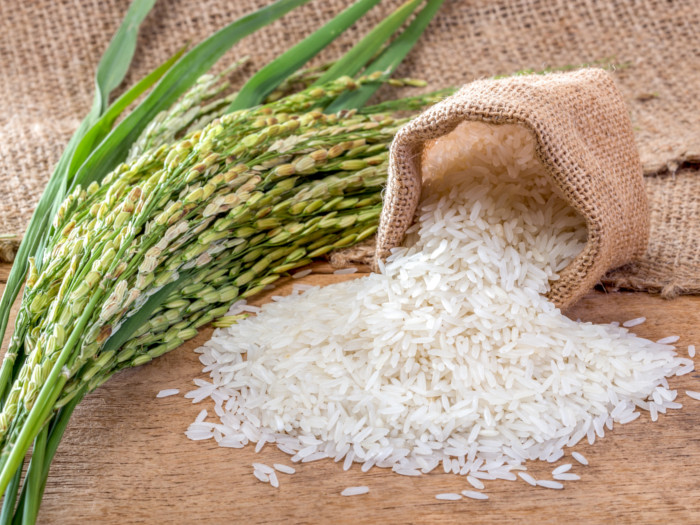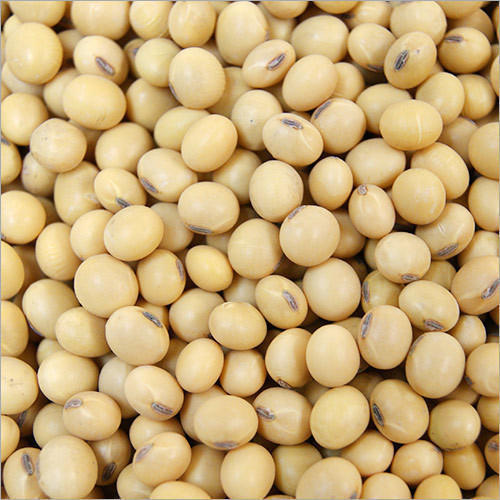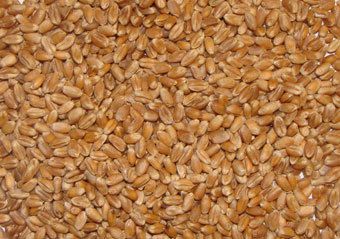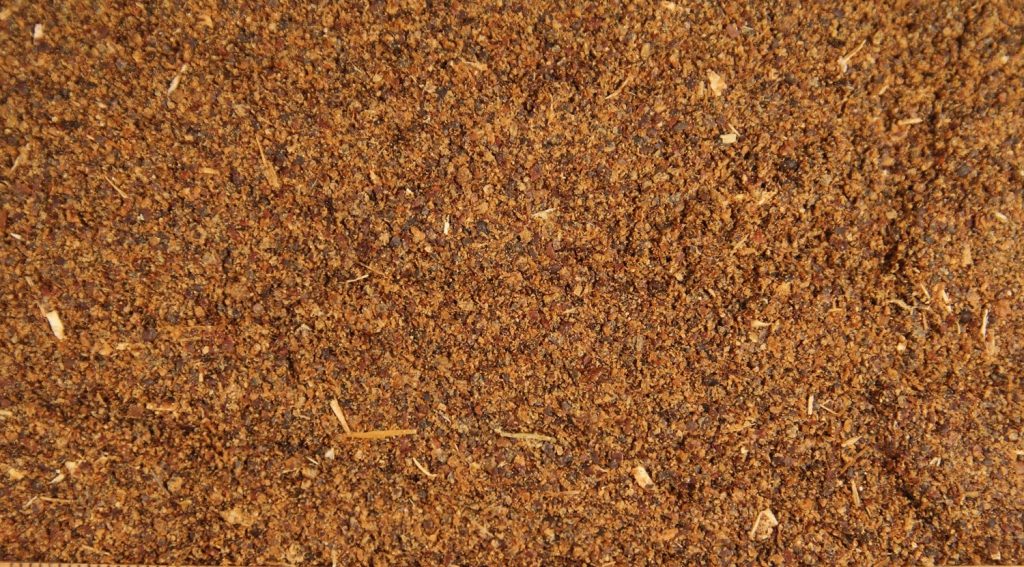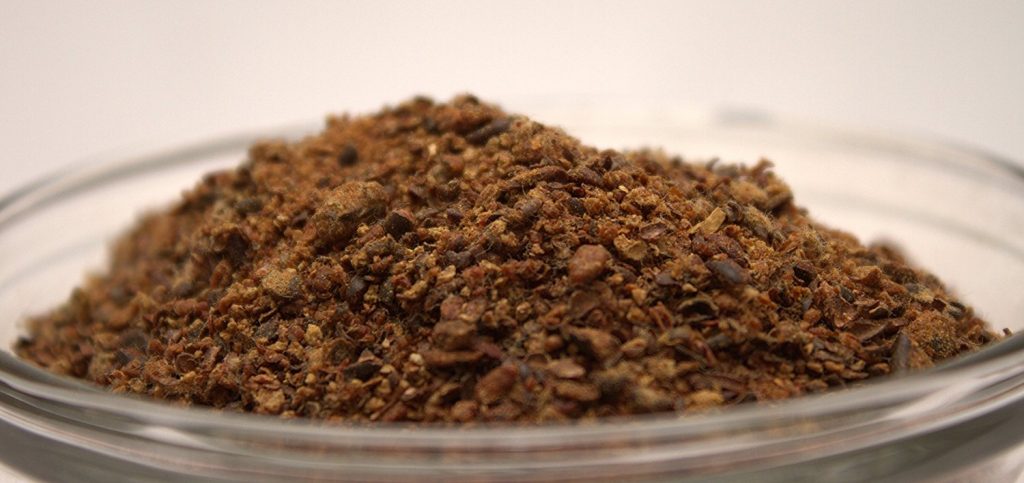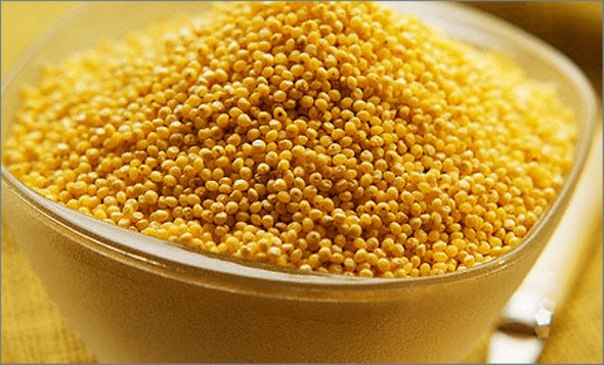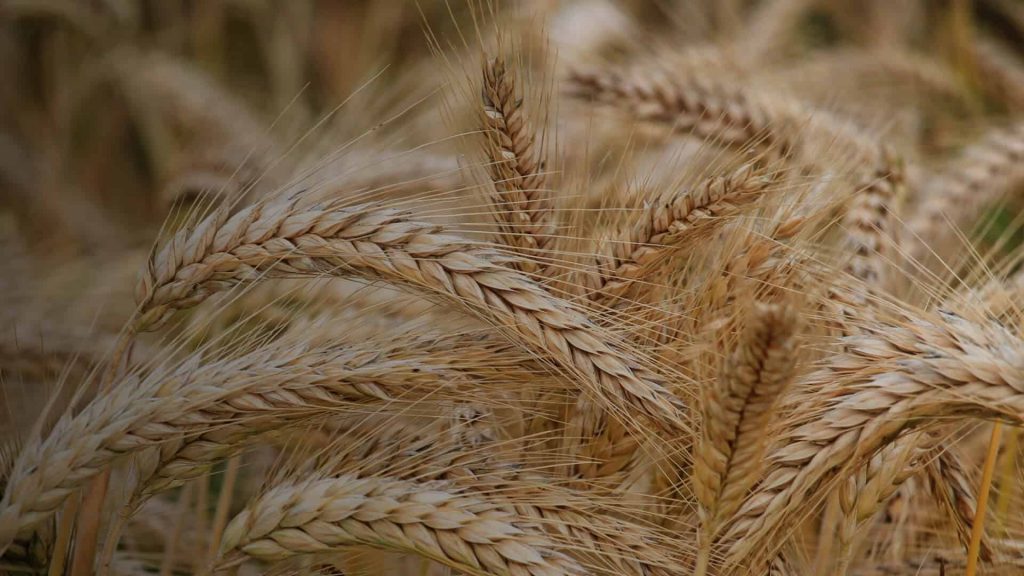Rice
Over half of the world’s population relies on rice as a staple of their diet. Rice is a grain. It is the seed of the grass species Oryza Sativa (Asian rice) or Oryza Glaberrima (African rice). As part of our diet, it is considered a carbohydrate. 100g of rice will contain 80g of carbohydrates, 7.13g…
Read more
soybean
The origins of the soybean plant are obscure, but many botanists believe it was first domesticated in central china as early as 7000 BCE. An ancient crop, the soybean has been used in China, and Korea for thousands of years as a food and a component of medicines. Soybeans were introduced into the USA in 1804 and…
Read more
Wheat Animal Feed
Wheat Animal Feed, Wheat feed is higher in protein than other common feed grains such as corn, barley or oats. Wheat feed is often surplus to human requirements or low-quality wheat unsuitable for human consumption (low test weight or damaged wheat), but wheat is also grown specifically for feed purposes.
Sunflower meal
Sunflower meal is the by-product of the oil extraction process. Oil is the majority value of sunflower seed and meal is considered a by-product. Sunflower meal is an excellent livestock feed, especially for ruminants. For the last several years, the supply of U.S. sunflower meal has been somewhat inconsistent. That is changing as the domestic market…
Read more
Canola meal
Canola meal is commonly used in aquaculture diets including as catfish, carp, tilapia, bass, perch, seabream, turbot, and shrimp. Lim et al. (1998) found that canola meal can be included in channel catfish diets at up to 31% inclusion levels with no negative effects on performance. Canola meal and rapeseed meal are also commonly included in carp diets, which are normally vegetable protein based. Carp have a higher tolerance for glucosinolates than many other aquaculture species and this is…
Read more
Cotton seed meal
Cotton seed meal is the byproduct remaining after cotton is ginned and the seeds crushed and the oil extracted. The remaining meal is usually used for animal feed and in organic fertilizers However, the meal can be fed only to adult ruminants because it contains a compound called gossypol. The compound is highly toxic to…
Read more
Millet
The name “millet” refers to several different but related grains from the grass family Poaceae. They look like tiny corn kernels and cost about a quarter of what you would pay for quinoa, making them among the more economical grains available. They are also naturally gluten-free. Like many whole grains, millet can be purchased as flour or…
Read more
Feed Corn
Feed corn, or grain corn, is a North American term for maize grown for livestock fodder (silage), ethanol, cereal and processed food products. The principal field corn varieties are dent corn,flint corn,flour corn (also known as soft corn) which includes blue corn, and waxy corn. Field corn primarily grown for livestock feed and ethanol production is allowed to…
Read more
barley
barley Most general purpose barley is used as feed for livestock. In Alberta, as much as 80 per cent of all barley grown in Alberta every year is used as feed. Much of that is used by Alberta’s cattle industry, resulting in beef that is finely textured and delicately marbled with white fat. Barley is…
Read more
